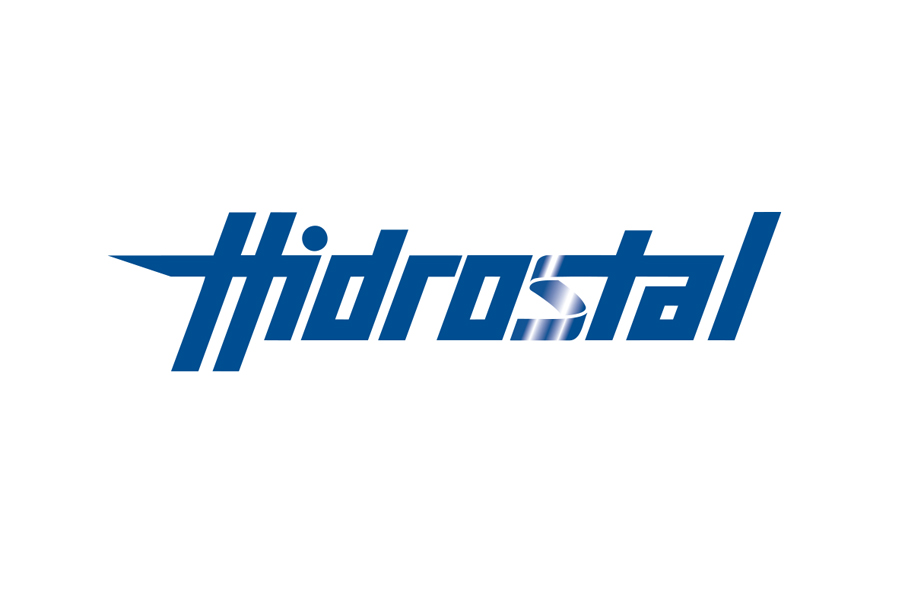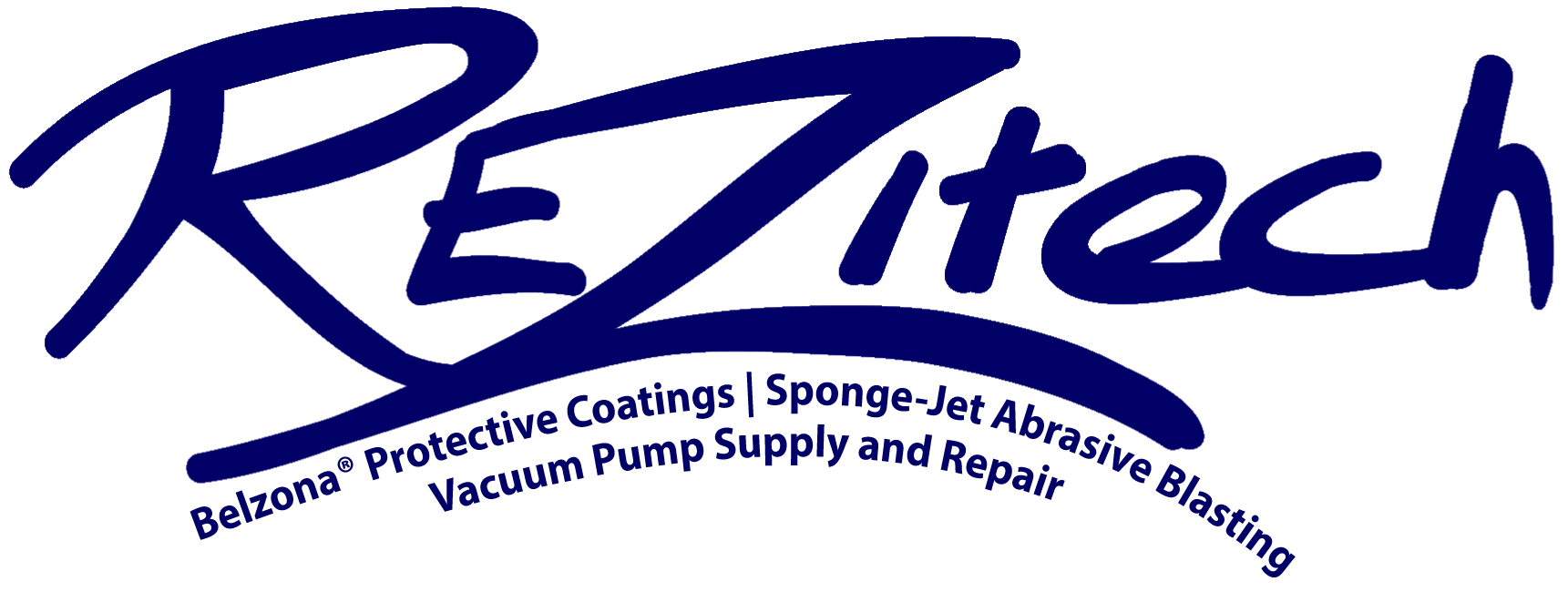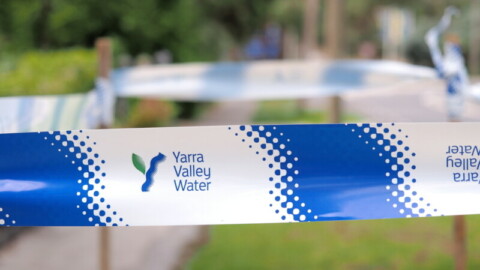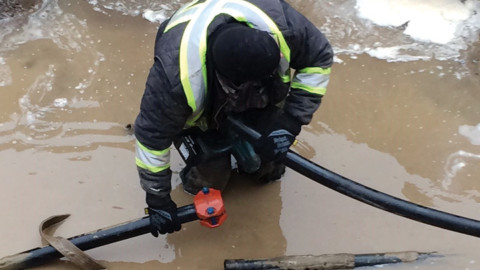TEPCO, a Japanese electric utility company, has begun pumping the waste-water left over from the Fukushima Daiichi Nuclear Power Station accident into the sea, having treated it with multi-nuclide removal equipment.
There are approximately 1.4 million tonnes of water to discharge, which will be pumped through an underwater pipe using a seawater pumps
The water, which used to cool the station’s nuclear reactors before it was destroyed by a powerful tsunami that struck the region in 2011, has undergone an extensive filtration process that has removed the vast majority of radioactive materials. The water is then diluted to reduce the concentration of the remaining materials to safe levels.
The Japanese Government made a decision in regards to the commencement period of the discharge of the ALPS treated water into the sea and asked that TEPCO begin preparations for the commencement of discharge.
As the entity responsible for the decommissioning of the Fukushima Daiichi Nuclear Power Station, TEPCO said that it would quickly make preparations to commence discharge with the utmost vigilance in accordance with the implementation plan.
During the initial stages of sea discharge, a very small amount was carefully discharged using a two-step process.
In Stage One of the initial discharge of ALPS treated water, a very small amount was diluted with seawater and stored in the vertical discharge shaft (upstream water tank) in order to verify that ALPS treated water is being diluted as planned. After this stored water was sampled and tritium concentrations measured, the company moved on to Stage Two, continuous discharge into the sea on and after 24 August.
The discharge of ALPS-treated water into the sea is part of the decommissioning process and a long-term/continuous initiative.
TEPCO has said that it will devote all of its resources to ensuring the safety and quality of facility operation, speedily obtaining monitoring results and disseminating that information in an accurate and easy-to-understand manner, ensuring transparency through IAEA reviews, etc., implementing reputational damage countermeasures, and providing suitable compensation should damages be incurred.
Additionally the company said that it will continue to keep the local community and broader society informed of the progress of the decommissioning and safety measures, and that it will address concerns as they arise.
In order to steadily move forward with these initiatives, and ensure that nothing is overlooked during the initial stages of the discharge, TEPCO has said that it shall create a corporate structure that will enable upper management to ascertain field conditions in a timely manner, and allow the entire company to devote all its resources interdepartmentally to quickly solve issues.
While the plan to discharge the waste water is receiving major pushback – predominantly from China and a number of Pacific Island organisations – the United Nations’ International Atomic Energy Agency has approved the plane as safe after extensive investigations.
Featured image: TEPCO’s vertical discharge shaft. Image credit: TEPCO.


















